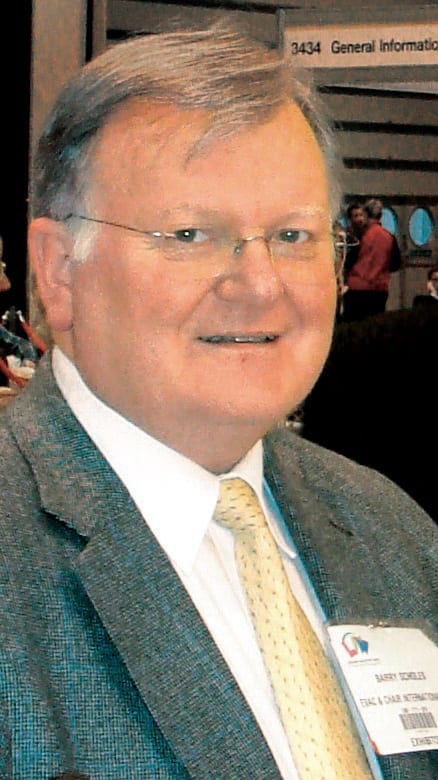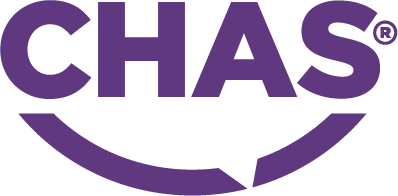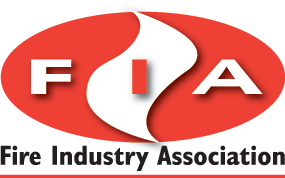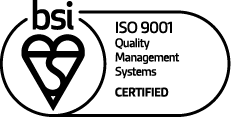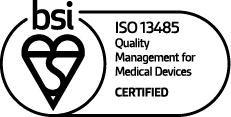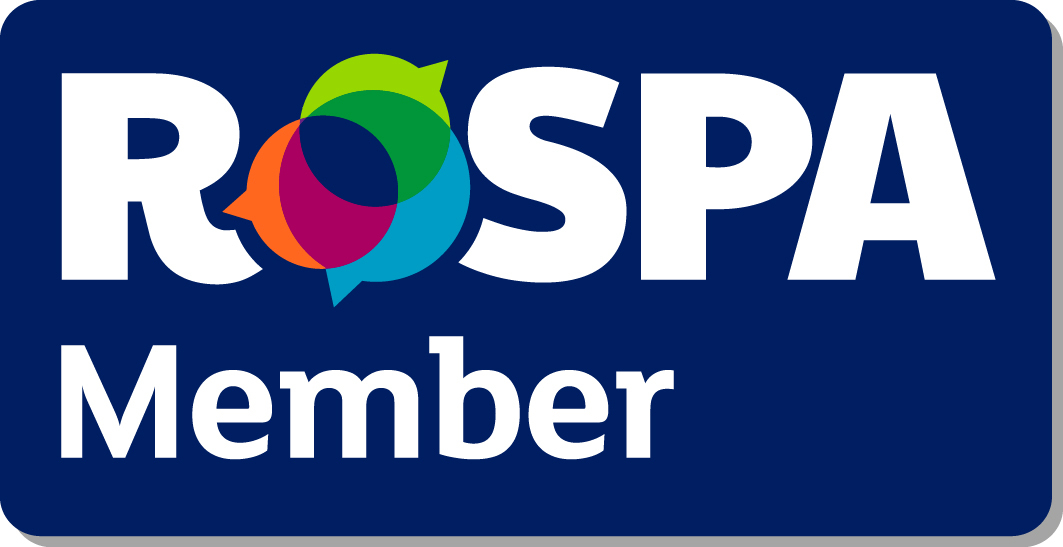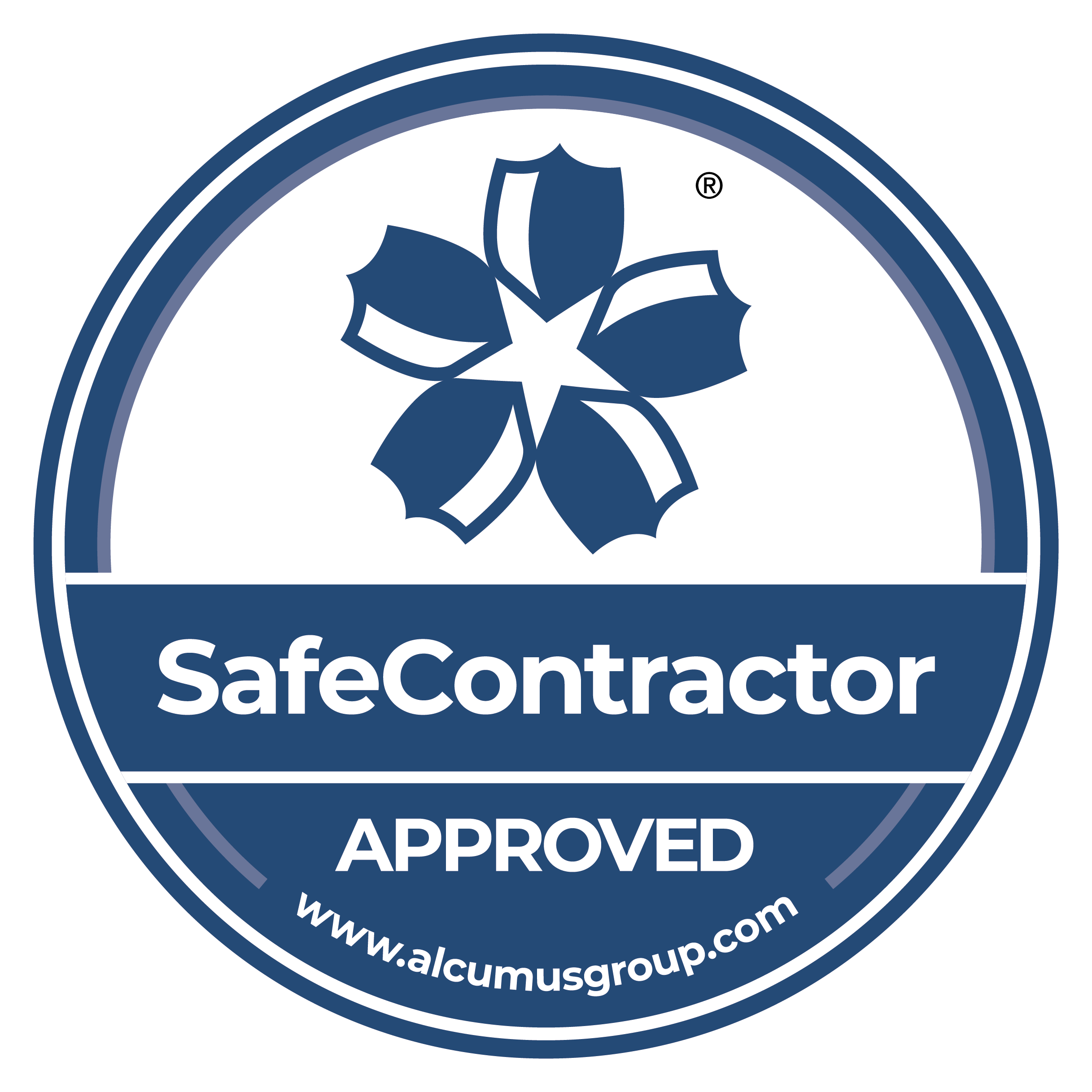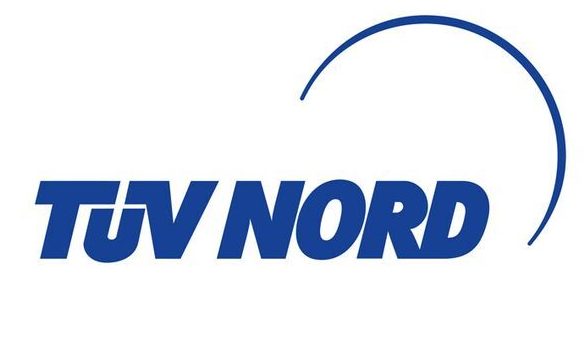Changes in social trends pose new challenges for business evacuation plans
One of the consequences of the economic downturn has been an unprecedented rise in pregnancy rates, with the demand for pregnancy tests has increased by 31 percent since the onset of the recession. Obesity levels are also on the increase with almost a quarter of adults in England classified as obese. These changing social trends have an impact on a range of businesses and services, not least the health and safety sector.
Businesses may keep abreast of social trends through their work to help increase revenue and make relevant and targeted business decisions, but they should also consider how these trends may impact on the day-to-day running of their business and in particular their impact on emergency evacuation plans.
With pregnancy rates around 2 percent higher than they were back in 2007 when the credit crunch hit, it is increasingly likely that a business is employing an expectant mother. However, whilst many employers are fully aware that the evacuation plans of employees with walking difficulties need to be considered, the needs of pregnant employees and visitors are often ignored.
Employers not only have a duty of care, they are legally obligated, under the Management of Health and Safety at Work regulations act of 1999, to carry out a full risk assessment of expectant mothers. For a woman experiencing mobility difficulties, which is usually in the third trimester, this should include a personal emergency evacuation plan for that individual. Employers should ensure that pregnant women are not exposed to any significant risks and that any known risks are quickly mitigated. For women who struggle or are slow at negotiating staircases in an emergency, appropriate equipment such as an evacuation chair should be provided and those individuals who operate the chair need to be adequately trained to assist the individual, as this is essential to help pregnant women make a safe and swift evacuation.
Some employers may be unaware that it is no longer the responsibility of the Fire Service to evacuate persons from a building and businesses should not rely on their intervention. The Regulatory Reform (Fire Safety) Order 2005 instead places a legal duty on those individuals with responsibility for the management and operation of the premises to provide adequate means of escape in the event of a fire for all building occupants – not just their employees.
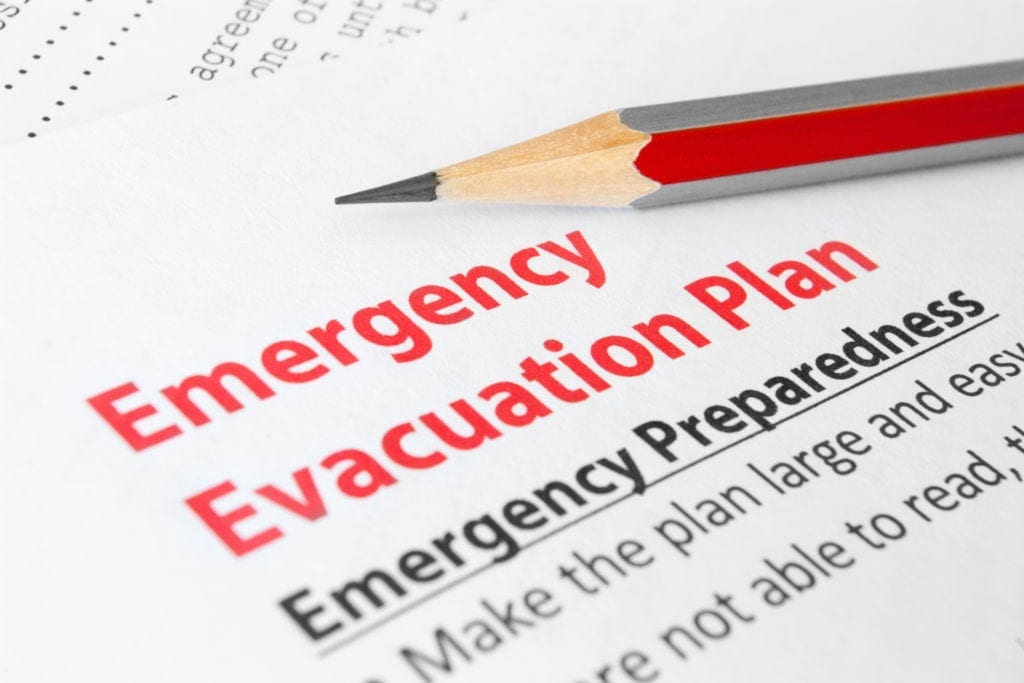
Close-up of Emergency plan with pencil on it
Therefore, businesses may also need to consider their provision for those leading another social trend – obesity. The pressures on the healthcare sector in the UK and its need to develop specialist equipment for the bariatric market, such as ambulance stretchers, has been well publicised. But with obesity levels at an all-time high and set to rise, the need to provide evacuation equipment for bariatric employees and visitors is crucial.
For many companies, buying a product such as an evacuation chair enables them to fully comply with certain legislation. Recognising the need to review its products to ensure these individuals are catered for, Evac+Chair International has invested significantly in research and development and has recently launched an evacuation chair which will easily cater for a heavier weight capacity of up to 200kg. We have also modified our standard chair to handle a payload of 180kg – an increase of 30kg on the earlier model.
In recognising that some employees and visitors may have special requirements in an evacuation, it will only serve to make them confident that they will be safer in an emergency. Businesses should be proactive and aware of the changes in social trends that face them today. It may seem like a challenge to review their evacuation plans, but by being aware and flexible to the needs of expectant mothers and obese individuals, as well as the disabled and mobility impaired, employers can be sure that they are complying not only with legislation and have peace of mind that the needs of all people on the premises in event of an emergency will be met and satisfied.









